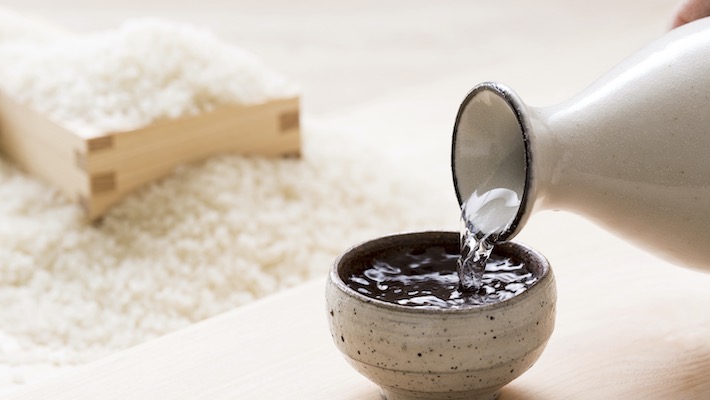
Harima Archives
2022.03.18 GI Harima Sake

GI, Government-Certified Regional Brands
To create branded products that name a specific region, such as Champagne, goods must be produced there and meet specific criteria and quality standards. A geographical indication (GI) signifies products that fulfill these conditions. Receiving a GI designation from the Commissioner of the Japanese National Tax Agency (NTA) allows exclusive use of the name belonging to that region. This means products with a government-certified GI uphold their regional brand’s value, making it easier for us consumers to understand the unique characteristics of goods produced there, such as sake.
The Taste of Harima Sake
In March 2020, the GI Harima designation was awarded to Japanese sake brewed in 22 Hyogo Prefecture’s Harima region municipalities. Harima sake is characterized by its gentle roundness and soft mouthfeel with slight astringency or bitterness, a delicate body, and a rich, aromatic flavor. This comes from making koji, a mold for fermentation, with Yamada Nishiki rice from Hyogo Prefecture. Grown in paddy fields on Harima soil, this rice produces sake with a pleasant acidity and light aftertaste.
Standards Created and Upheld Regionally
Sake that can use the Harima name needs to fulfill the following conditions. First, the rice and rice koji must be Yamada Nishiki rice harvested in Hyogo Prefecture. Second, only water from Harima can be used. Third, sugars or sweeteners cannot be added as ingredients. Last, the brewing, storage, and bottling must also occur in Harima, meaning the entire process is completed within the region. The Harima Sake Research Society also carries out periodic inspections to maintain the quality associated with the Harima name.
Harima, a Story to Tell the World
Harima acquired its GI after four sake brewers associations within the region united and began working together as the Harima Sake Culture Tourism group. The GI Harima logo features an ear of rice and a castle, symbolically representing the region’s Yamada Nishiki rice and approximately 270 castles and fortresses that once dotted the area. Considering the foreign market, the complicated kanji characters for “Harima” were changed to more straightforward hiragana writing for the region’s GI. There’s a profound desire to let the rest of Japan and the world know about Harima’s small sake breweries through this opportunity. GI Harima helps tell the story of its region’s culture and history to a global audience.



